Murano glass, also known as Italian art glass or Venetian glass, has held a high monetary value and artistic significance for centuries. But as with all expensive items, Murano glass has its fair share of knock-offs and imitations.
These fakes are the reason why this article exists. To help you identify real Murano glass and make sure you buy and sell this beautiful art form at a good price.
To truly understand the elegance of Murano glass, one must look at its history and how it is made. So let’s get started!
Table of Contents
What Is Murano Glass?
Murano island is located near Venice, Italy. Here the art of glassmaking has more than 1000 years of tradition. Only glass design objects made by glass artisans on Murano island can be marketed and sold as authentic Murano glass.
Murano glass is glass in the chemical sense of the word. However, Murano glass is as different from window glass as da Vinci’s paintings are different from an empty canvas.
Murano’s special glass-blowing process is over a thousand years old. It was re-discovered by the local artisans from the ancient Roman glassware at the end of the first millennium. Since then, it has been continuously developed and enhanced.
History of Murano Glass
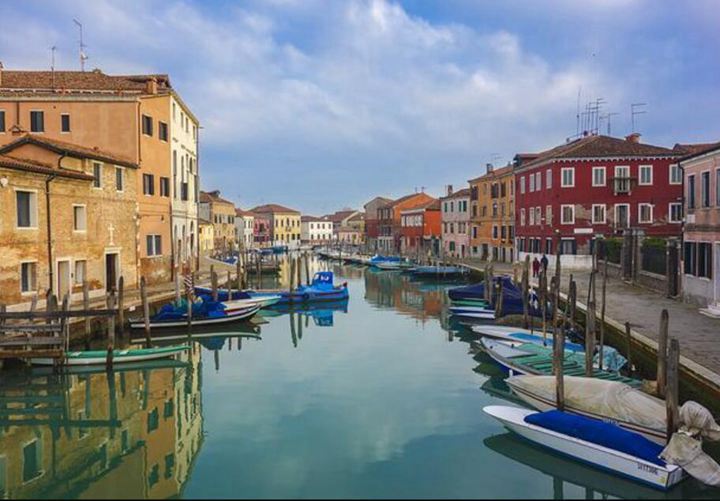
The origin of glass blowing in Venice goes back to the era of the Roman Empire. During this time, many used molded glass for lighting purposes. The Roman experience combined with the skills of the Byzantine Empire and raw materials from the Orient helped Venice emerge as a prominent glass-manufacturing center.
One of the earliest furnaces for glass making in Venice dates from the 8th century and was recently discovered by archaeologists in 1960.
According to multiple sources, the first Venetian glass maker copied the elegant glassware from the Middle East. A few Venetian people even imported directly from the Mediterranean region. Despite this, Venice dominated the glassmaking industry in the 14th century.
There were two primary reasons for this dominance. The first reason was that Venice had 12 glass manufacturing plants that made everyday items. This production cemented Venice as the superior glassmaking industry. The other reason was the decline of the Islamic empire.
How Is Murano Glass Made?
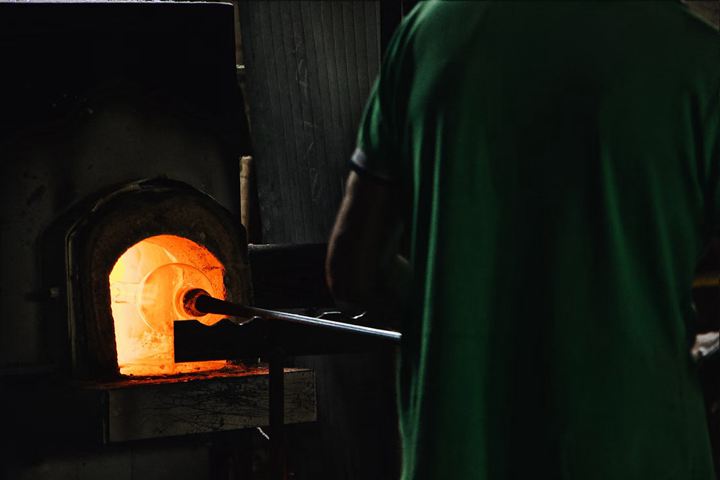
Traditionally, Murano glass is made by melting mineral sands in a high-temperature furnace. The master Murano glass artisans are responsible for creating Murano glass pieces and organizing their teams. The group (referred to as Piazzo) includes two or three individuals who aid in making the glass piece.
Making Murano glass is no easy task. The Murano master reheats the molten glass in his furnace before grabbing it with an iron ring. During this period, the helpers blow in the pipe to create inflated pockets. This is done for artistic purposes and enhances symmetry.
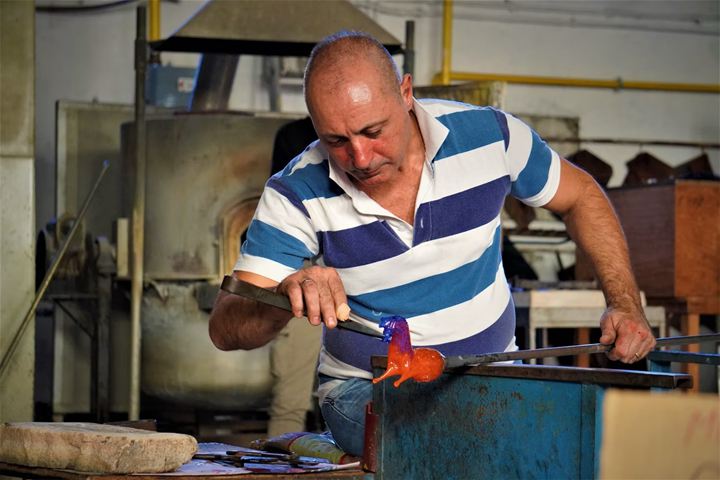
The Murano master must work quickly on the molten Murano glass mass. This haste is necessary as the temperature of the glass is dropping rapidly. If the piece gets too cold, then it cannot be molded.
Watch this amazing YouTube video showing a Murano glass master making the Ferrari logo horse:
Murano Glass Value Guide
Many view Murano glass as incredibly valuable. Authentic Murano glass items have values well over several thousand dollars. This value could increase considerably if the item has historical significance or is vintage.
This high price is because Murano glass is a sophisticated handmade product requiring a high level of craftsmanship. Thus the high price should reaffirm the fact that your purchase is authentic. Prices are often too good to be true. Use your judgment, and do not fall victim to fake Murano.
Murano glass masters are known for infusing their work with gold or silver leaf. The final price of genuine Murano glass depends on the complexity of the techniques used and the reputation of the Murano glass master.
An intricate design will cost more, just like you’ll pay more for a wine with high-quality standards and a long-established name in the industry.
The most expensive pieces are those signed or designed by world-renewed designers. Fashion designers have also shown interest in the glass-blowing industry in the last few years. These designers have collaborated with some top glass producers to produce some highly exquisite designs.
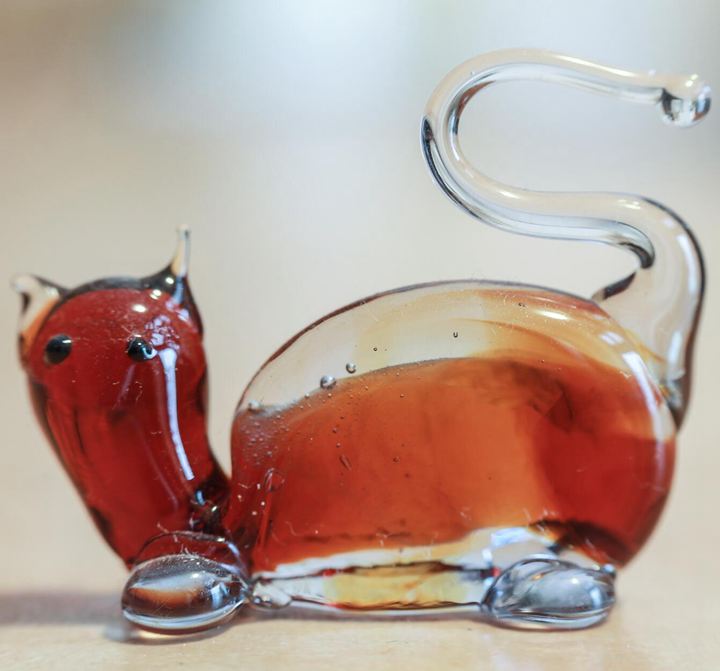
Does the Value of Murano Glass Appreciate?
Like most collectibles, the price of Murano glass is influenced by supply and demand. Murano glass will gain considerable value over time. As more and more people learn of Murano glass, its perceived value is bound to increase.
Industry experts agree that Murano glass is bound to keep increasing in value. This certainty is partially due to declining production. Many collectors now keep Murano glass simply as an investment.
Murano Glass Cost
How expensive is Murano glass? Authentic Murano glass prices range from under $20 for small jewelry items to thousands of dollars for vintage art glass pieces. The great news is that you do not need to break the bank to own a piece of genuine Murano Glass.
The main factors determining a Murano glass piece’s price are rarity and artistry. For example, Millefiori, or “a thousand flowers,” is a technique of creating special Murano glass rods which contain a pattern.
These are then cut up into smaller cross-sections and assembled into certain patterns. Afterward, they are fused in the furnace multiple times to get the famous mosaic glass look.
The following list contains different Murano glass styles and their sale prices.
Licio Zanetti – Murano glass vase signed Sold for $600
Alfredo Barbini – Vintage Murano glass Elephant Sold for $800
Murano Glass Sculpture sommersa ” Lovers ” Signed Sold for $2000
Vintage Murano Glass
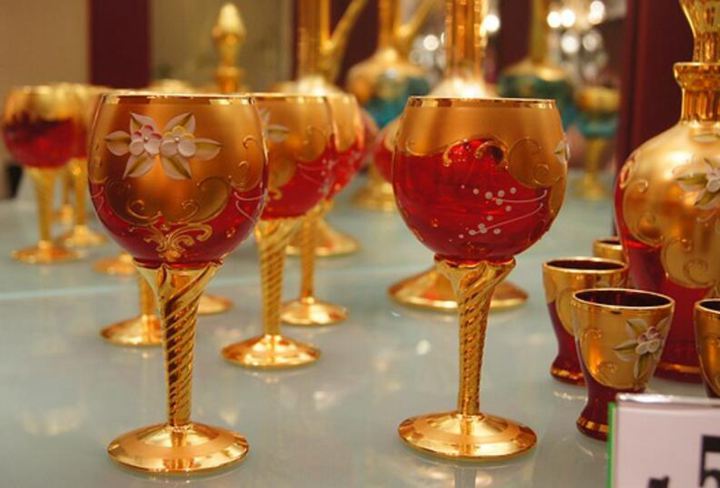
There were great innovations in Murano glass art in the 19th century. Antonio Salviati opened a factory for producing traditional vintage Murano glass after two centuries of declining production and popularity.
He produced tiles to restore old Venetian mosaics and hired the best Murano glass artisans. This factory, along with international exhibitions, resulted in the revival of the Murano glass blowing industry.
The years of the two world wars and the post-war decades were the most innovative periods in glass blowing. These are also the ones of most interest to collectors. Influential figures of this time include Tobia Scarpa, Carlo Scarpa, Ercole Barovier and Paolo Venini.
These figures revolutionized the industry by using old techniques with new groundbreaking ones to create pieces rooted in interior design trends of that era.
This period was Murano’s most blooming period and marked a successful shift from the luxury of the 19th century to a more minimalist style. Murano glass jewelry has been a part of this tradition from the very beginning.
Murano Glass Jewelry
Murano glass jewelry and watches are not mainstream fashion accessories. They are designed and hand-crafted by talented and passionate Venetian artisans with decades of training behind them.
Authentic Venetian glass jewelry items such as rings, bracelets, necklaces, cufflinks, pendants, earrings, watches, and other accessories create a unique look that Normal glass cannot replicate. These items are only for those who value individuality and style above all else.
We live in a world of mass-produced items that lack originality and character. Murano Glass offers a great way to stand out from the crowd with its long history and unique tradition of fine craftsmanship. Like Venice, Murano glass jewelry is beautiful, colorful, elegant, and never fails to impress.
How to Identify Murano Glass
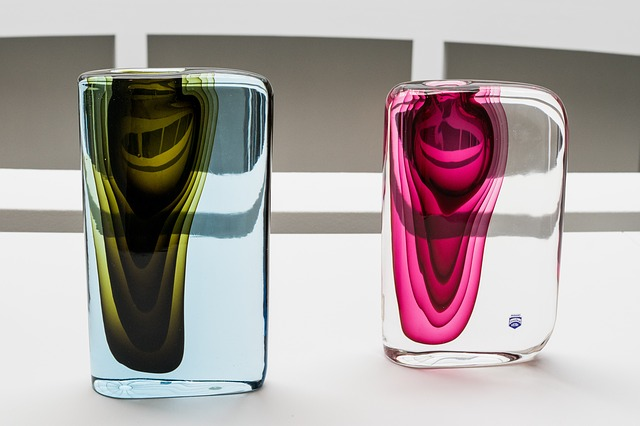
Identifying real Murano glass can be difficult. For this reason, we have compiled a few points to look for when assessing authentic Murano glass.
Rich Colors
Authentic Murano Glass has rich colors and often real gold leaf or silver specks. The color shades may vary from item to item.
Murano glass factories make glassware and use different minerals for coloring their pieces. The glass is heated to melt these minerals and produce transparent glass-specific colors like blue from chromium, red from gold, and green from iron.
Colors are sometimes layered over one another using special techniques called “Sommerso”. A master’s technique also uses thin silver or gold sheets attached to the glass and adds a layer of gold or silver sparkle inside the glass.
Imperfections Are Expected
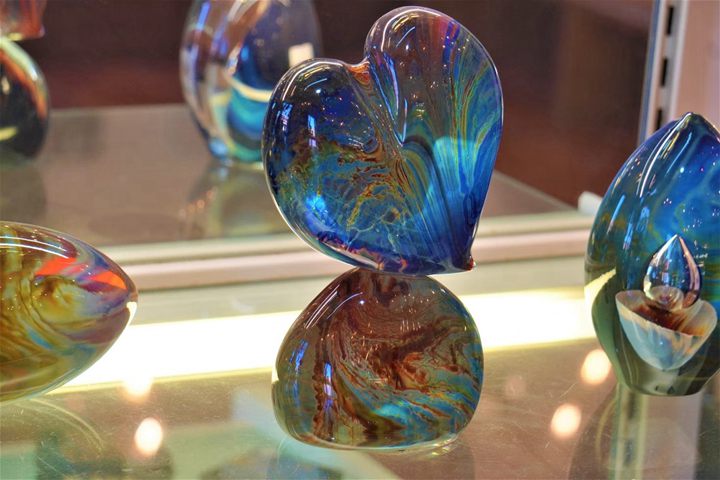
The hand-blown glass must have some imperfections. This fact is because the glass masters are only human. Many believe these small imperfections and asymmetrical qualities give each Murano piece its character.
Air Bubbles
Air bubbles are natural imperfections that occur during the manufacturing production process. While making this colored glass, the master blows the different colored glass separately and then layers them to create intricate designs.
Small air bubbles are inevitable when using this technique. Thus air bubbles and small imperfections are considered signs of Murano authenticity.
Ponytail Mark
The pontil mark is the second imperfection to find. The ponytail mark is left behind when the glass masters cut the ponytail rod of the finished blown glass. You can find the Pontil mark on the bottom of the artwork. Touch the bottom with your finger. The surface of the Pontil mark should not be smooth.
Asymmetrical qualities
All authentic Murano artworks are asymmetrical. It is impossible to create a perfectly symmetrical piece by hand. Thus it would be best if you always looked for asymmetrical qualities when assessing the authenticity of Murano glass.
A perfectly symmetrical and smooth Murano piece without air bubbles is simply an imitation. Murano’s beauty lies in its hand-crafting nature. Every artisan will impart their signature style onto the piece.
Fake Murano: How to Identify Murano Glass
Some Murano glass is not marked with any identifiable signs. Depending on the artist or the Murano glass maker, the artist can choose how the mark will appear on the piece he is creating. If you find a glass mark on the piece, it does not guarantee that the item has any authenticity.
Fake Murano: Glass Labels
The phrase “Vetro Eseguito Secondo La Tecnica Dei Maestri Di Murano” on labels is a dead giveaway. The words mean “glass created following the technique of Murano masters”. A Murano glass master has not made this glassware.
Beware words like “crystal” because Murano Glass is not crystal. If the label mentions the name of the Murano glass factory, you should research where they are based. If they operate outside of Venice and Murano, they are not selling genuine Murano Glass.
Authentic Murano Glass Signatures
Authentic Murano glass pieces can exist without any signature. This is because the Italian laws do not require authentic Murano glass to have any markings. It is up to each artist or workshop to decide whether they wish to mark their piece or not.
Where to Buy Murano Glass
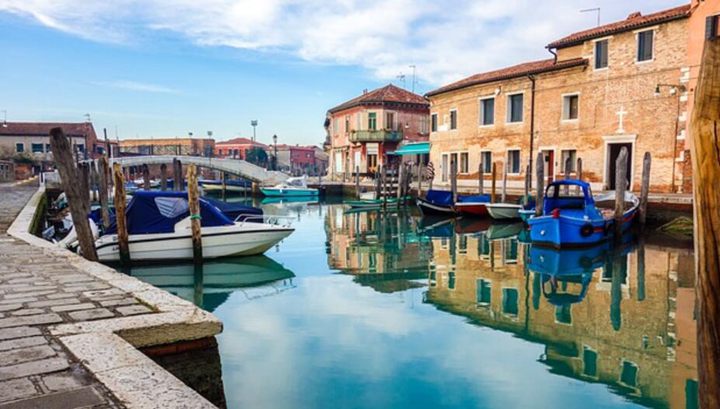
If you want to buy online or at a retail location in Murano or Venice, always contact a store salesperson or a retailer manager before making a purchase. Talk to them in-depth about the purchase you want to make.
Retailers who sell fake products will try to save every detail of the product design from the sales staff. These sellers often hire people of non-Venetian and sometimes non-Italy origin with no knowledge of Murano glass. This is a big red flag and you should avoid these sellers at all costs.
Murano Glass Buying Tips
Buying Murano glass can be a hassle. For this reason, we have compiled our top tips for navigating your way through the Murano industry. Follow these tips to ensure a smooth buying experience.
Now that we know how to recognize fake Murano, let’s see our options regarding the object’s technique, material, or purpose. Murano glassmakers create many items like mirrors, jewelry, paperweights, beads, and chandeliers.
Know the Types of Murano Glass
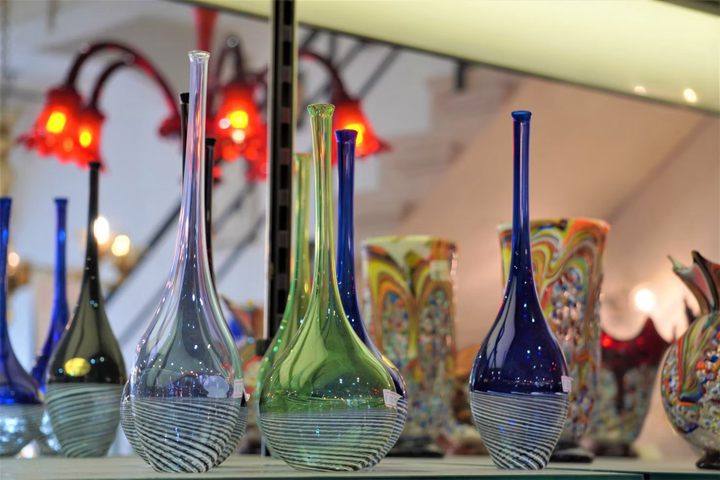
Elements like cobalt and copper are mixed to give the glass a blue color, while gold can make it ruby red. They also add nitrate to eliminate air bubbles and sodium to make the surface opaque.
There are many different techniques for making Murano glass. Some are ancient, and some are modern. Some are used to make small delicate pieces, and others are used to create large hefty objects. Murine is the most popular Murano style. Artisans layer together different colored glass and then stretch it into long thin rods.
The layered pattern becomes visible when the rods are cut. This technique was invented in Egypt around the third century BC. Murano glass masters also use the Avventurina style. It is a complicated manufacturing process that involves embedding metal shavings into the glass to create a sparkly look.
Avventurina glass was invented accidentally when a Murano glassmaker spilled copper filings into molten glass. Other Murano glass techniques include glass engraving, ribbed glass submersion, gold engraving, and painted enamel.
Getting acquainted with these techniques is important to spot imitations and aim for high-quality products.
Learn How to Spot Fakes
This article has mentioned many techniques to help you identify Murano glass. Learning these will help you to avoid cheap imitations. The Murano style radiated quality. You should be on your guard if you do not get this feeling.
Know What You Want
Your purchase may seem hollow and meaningless even if you obtain an authentic Murano piece. This is because the beauty of art is subjective. Knowing what you want will ensure satisfaction with your purchase.
As stated earlier, Murano comes in many different shapes and sizes. Choose the style that best appeals to your artistic sense. You should also know what color you want. Many Murano masters specialize in unique shades. Thus every shop will not have your desired mix of style and color.
Buy From Trusted Retailers
Any renowned seller will know in-depth details about the Murano style. They will also have no issue providing a certificate of authenticity. Ask the retailer questions about the origin of each piece before committing to a purchase. It is not a good sign if they are unsure or hesitant with their response.
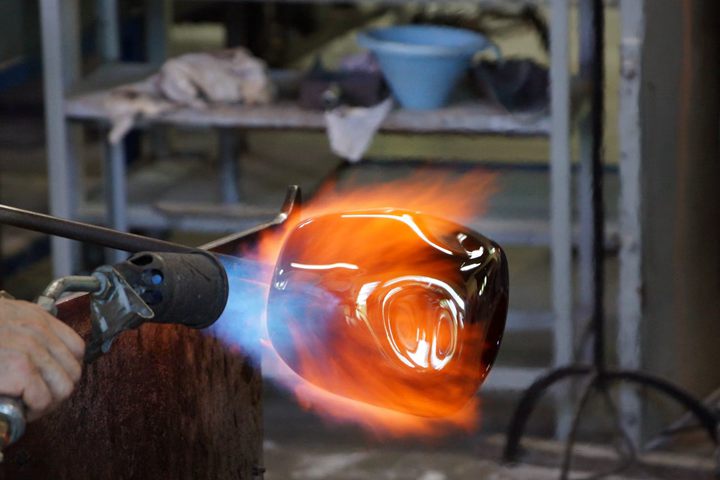
Where to Sell Murano Glass
If you possess authentic Murano glass, you should be careful when trying to sell it. We have mentioned a few things you must remember when selling Murano glass.
Never Sell Real Murano Glass at a Pawn Shop
A pawn shop is the first choice for many people when trying to sell their valuable items. However, real Murano glass is no ordinary affair. Selling original Murano glass at a pawn shop would be like taking your Lamborghini to a used car dealership. There are many better options available.
Online Appraisal Sites
Many appraisal sites will appraise your original Murano glass jewelry or pieces. Be aware that most of these services do require a small fee. But we believe it is entirely worth it as this will give you an accurate estimate of your Murano piece. We recommend the following sites for getting an accurate appraisal:
Try Registering Your Authentic Piece at an Auction
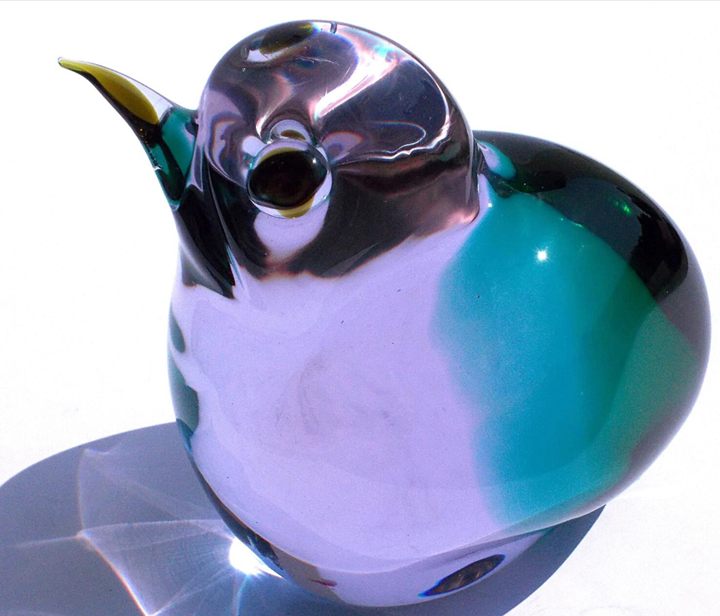
Many auction sites exist for art pieces, especially antique ones. We recommend the following two sites for buying and selling Murano glass:
You can contact both organizations and ask them about their listing process. You can also visit a local auction to sell your piece. Ensure that you bring the certificate of authenticity so the auction can verify your Murano glass.
Murano Glass Selling Tips
Selling Murano can be more difficult than simply buying it. Here are a few tips to ensure you get the best price possible for your Murano glass art.
1. Get Multiple Appraisals for Your Murano Pieces
Get a second opinion! It would be best if you always used this basic rule whenever selling a valuable item. This will increase your knowledge of your Murano glass piece and help you establish a good baseline price. Every appraisal will give you a new perspective, and you may even get an offer beyond your wildest dreams!
2. Never Settle
Settling for a price that you are not comfortable with is never good. This decision will lead to massive regret down the line. If you know your piece is valuable, you should not accept a low offer. Try multiple options for selling your Murano artwork. The right buyer may be right around the corner.
3. Consider Selling at a Later Time
As explained earlier, Murano glass is constantly increasing in value. If you are unhappy with the appraisal, consider selling after a while. We can assure you that your genuine article will be worth more two to three years later. The popularity of Murano is increasing as many collectors believe that rare hand-crafted items are the next big thing.
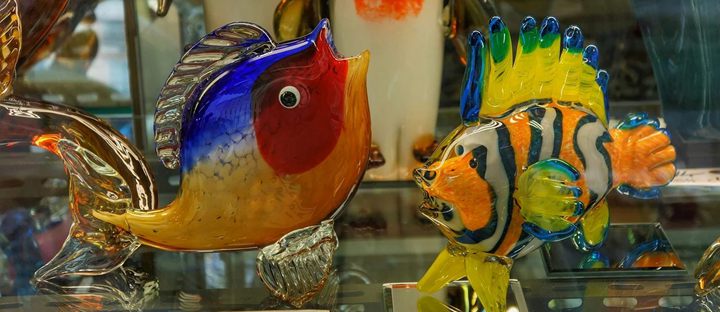
Key Takeaways
It may have been hard to keep up with all the information delivered in this article. For this reason, we have summarized the two main points you should always remember.
● Murano Glass Is Expensive
Real Murano glass can only be manufactured on the island of Murano. Not only that, but Murano masters with proper knowledge are also required. It is for these reasons Murano glass holds such high regard among enthusiasts. The price of this seemingly simple colored glass is well justified.
● Do Not Fall for Imitations
Fake Murano glass is everywhere. From the local pawn shop to trusted online retailers. Therefore, you must learn to identify Murano glass. Look for imperfections from the hand crafting, such as air bubbles and a ponytail. Vibrant and eye-catching colors are also a good sign.
Thank you for reading our Murano glass identification and value guide. The only way to be 100% certain about your purchase is to buy it on the island of Murano. Be sure to stop by the next time you visit Venice, Italy. Be sure to leave a comment down below if you have any questions.
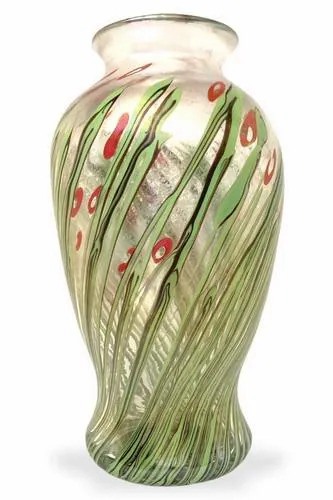
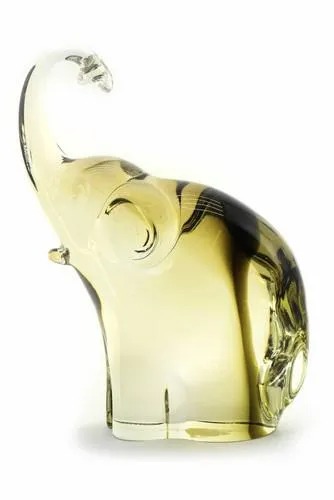
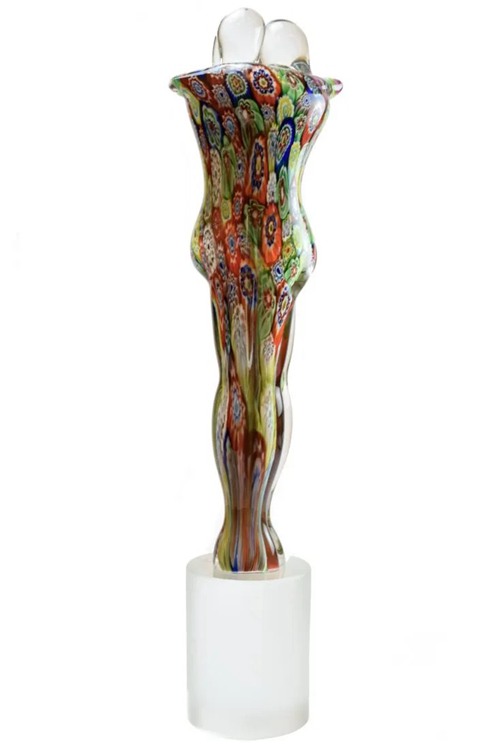
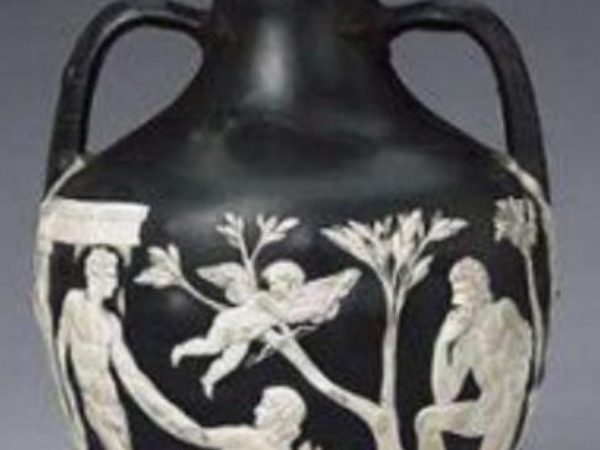
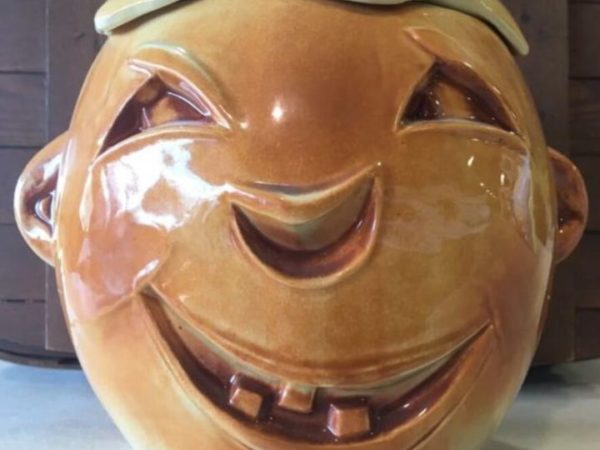

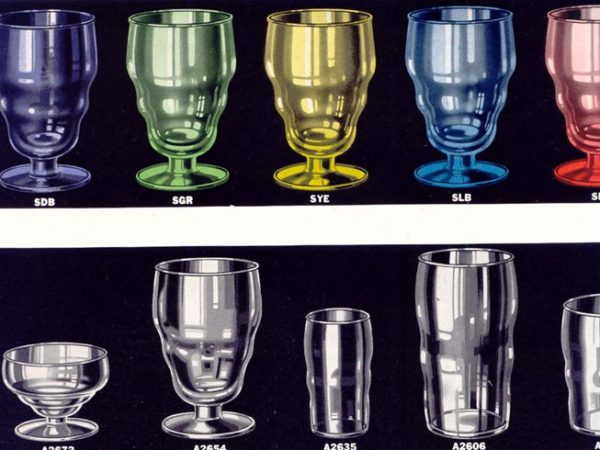

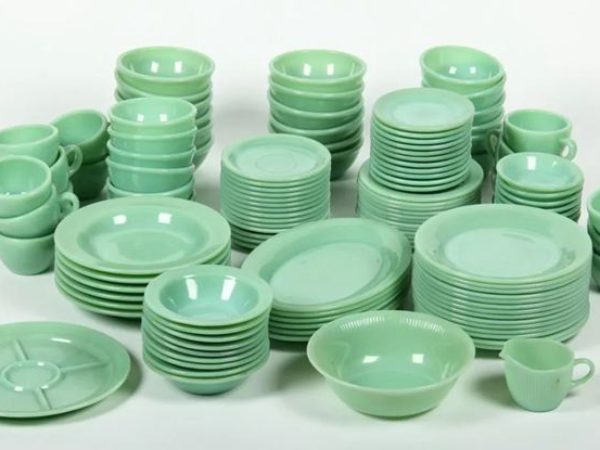
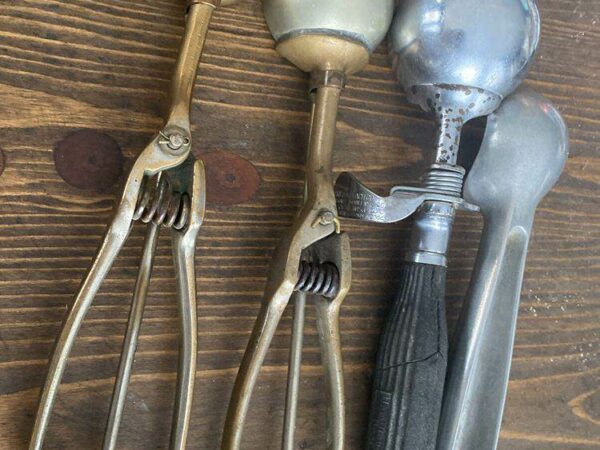
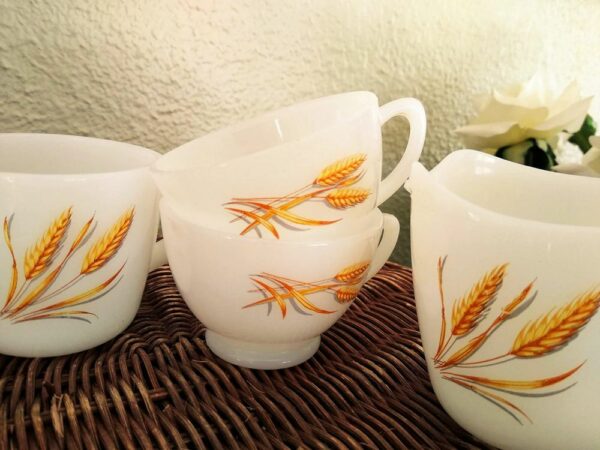
I have a lot of Moreno glass. Some bought in the late 60s from the island. But a lot brought back by my dad too. Still have the original sticker on some of the peices. Love everyone.